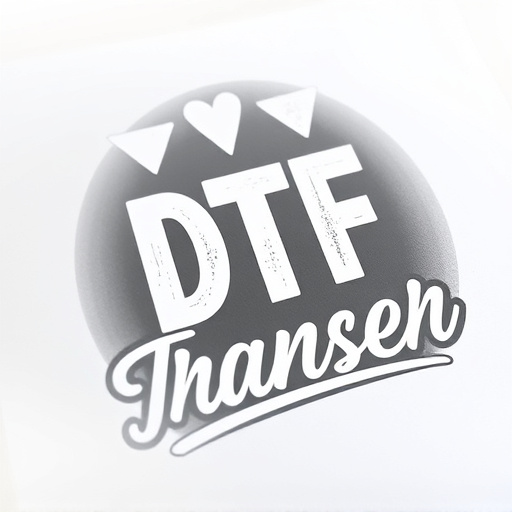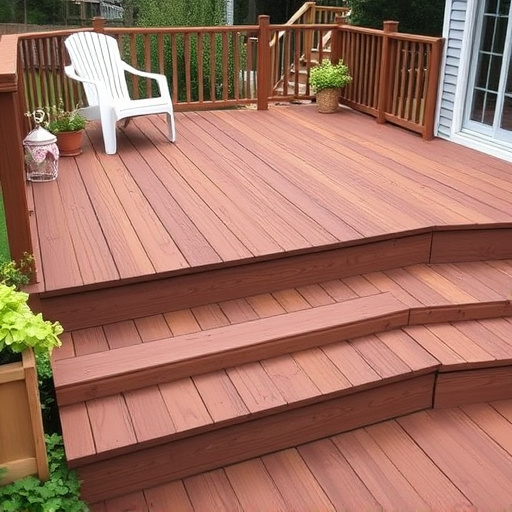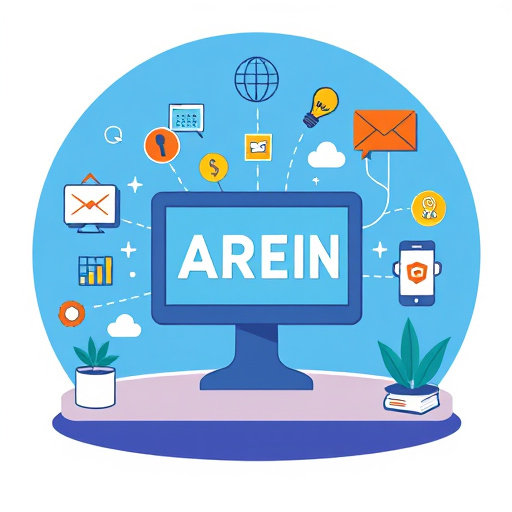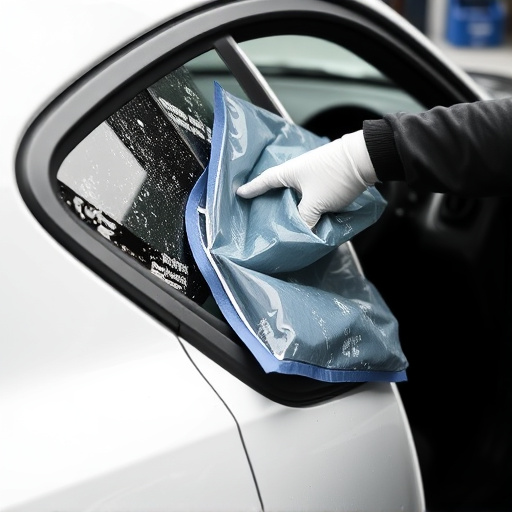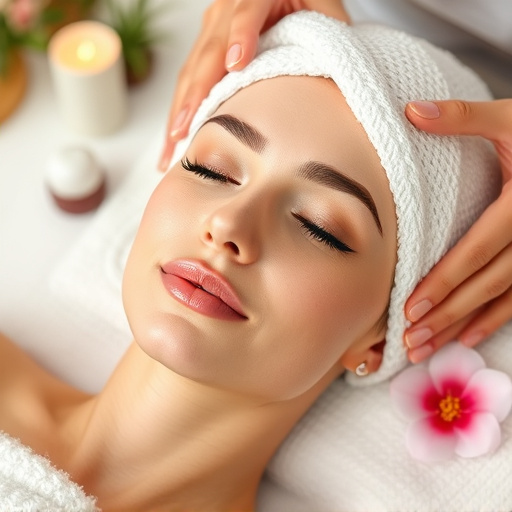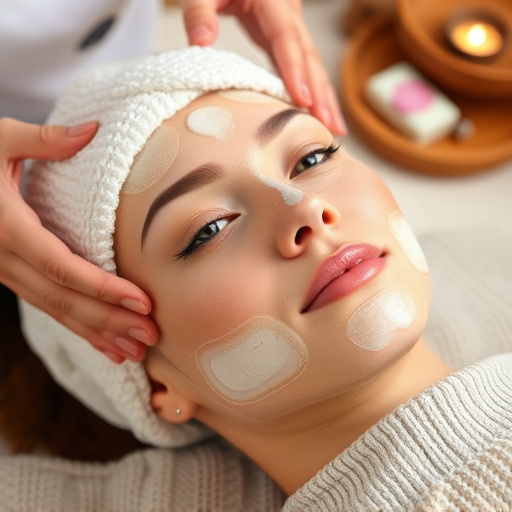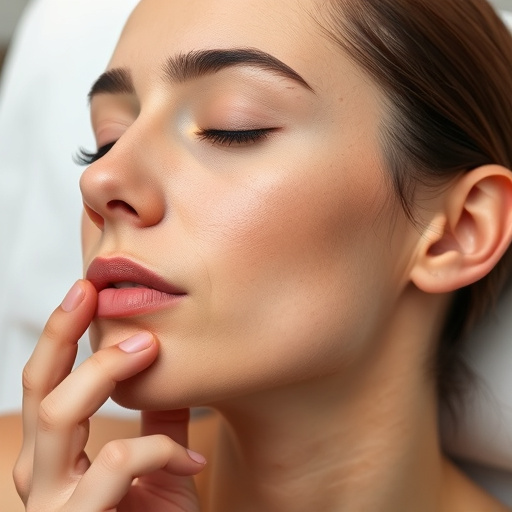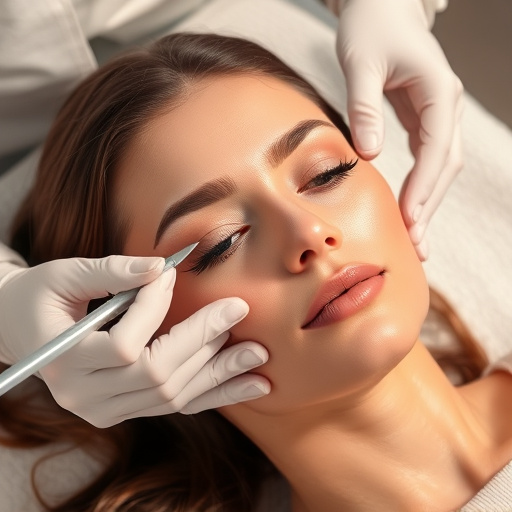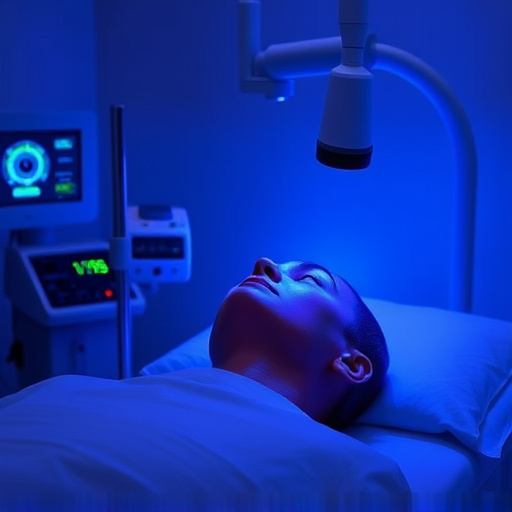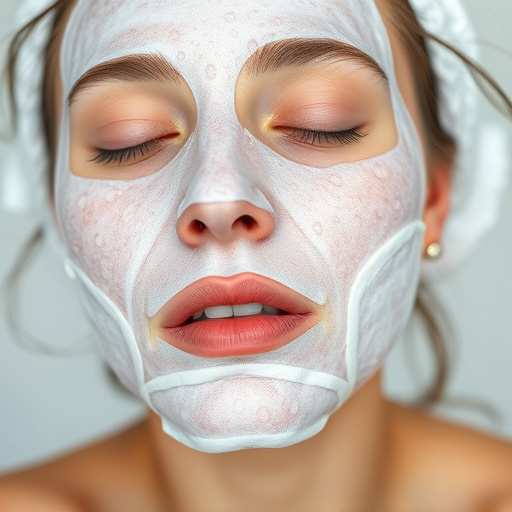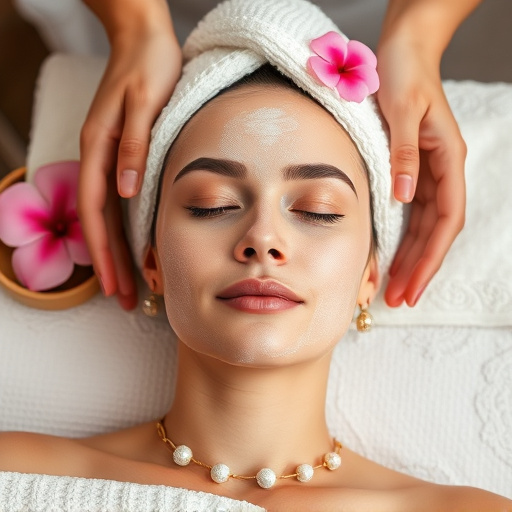Spider veins, caused by various factors, can be treated with modern, minimally invasive methods like chemical peels and pore refinement. Recovery involves hydration and gentle skincare. Microneedling and facials enhance results and prevent future spider veins. Spider vein treatment focuses on reducing pain, bruising, and improving skin appearance.
Looking for effective spider vein treatment with minimal pain and bruising? Understanding these superficial, web-like veins is the first step. This article delves into causes, symptoms, and modern treatment options focusing on minimally invasive approaches. We explore recovery and prevention strategies to enhance results and guide you towards the best solutions for smooth, clear legs. Discover top tips for managing spider veins today!
- Understanding Spider Veins: Causes and Symptoms
- Modern Treatment Options: Minimally Invasive Approaches
- Recovery and Prevention Strategies for Better Results
Understanding Spider Veins: Causes and Symptoms
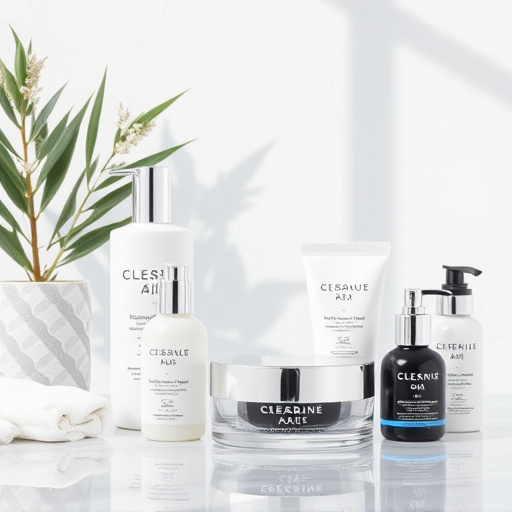
Spider veins are a common concern for many individuals, often characterized by small, twisted blood vessels visible just beneath the surface of the skin. These tiny, dilated capillaries typically appear as red or blue threads and can be found on the legs, chest, or face. While they may not pose a significant health risk, spider veins can cause discomfort and aesthetic concerns.
The development of spider veins is primarily attributed to various factors, including genetics, age, hormonal changes, obesity, prolonged sitting or standing, and even sun exposure. Symptoms often include visible vein patterns on the skin, aching legs, heaviness, and cramping. In some cases, spider veins may also lead to more severe complications like skin discoloration (skin brightening), unsightly scars (wrinkle reduction), or in rare instances, blood clots. Effective spider vein treatment aims to minimize pain, reduce bruising, and improve overall skin appearance, including potential benefits of skin tightening.
Modern Treatment Options: Minimally Invasive Approaches
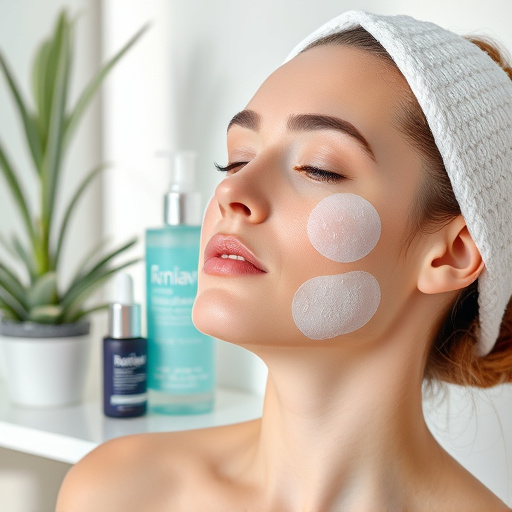
In recent years, advancements in dermatology have led to a range of modern spider vein treatment options that are both effective and minimally invasive. These approaches offer a significant departure from traditional methods, which often involved extensive laser treatments or surgical procedures. One prominent technique gaining popularity is the use of chemical peels. These topical solutions, carefully applied, can gently exfoliate the skin, reducing the appearance of spider veins by promoting healthier, more transparent skin.
Additionally, pore refinement procedures have emerged as a non-invasive alternative. By utilizing advanced technologies like microdermabrasion and certain creams, healthcare professionals can subtly reshape and minimize the visibility of dilated veins without causing significant bruising or discomfort. Moreover, for those seeking comprehensive body contouring, some treatments combine vein reduction with techniques like body contouring to achieve a smoother, more even skin tone and texture.
Recovery and Prevention Strategies for Better Results
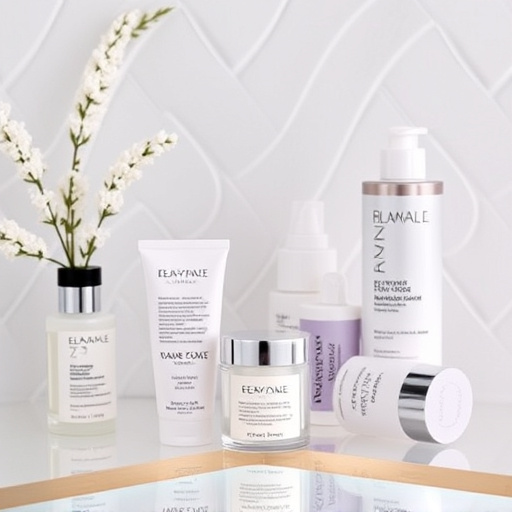
After a successful spider vein treatment, it’s crucial to adopt recovery and prevention strategies to enhance results and promote healthy skin. The first few days post-treatment might involve some mild redness and swelling, but these typically subside quickly. Staying hydrated by drinking plenty of water can aid in reducing any temporary discoloration. Additionally, gentle skincare routines with hydrating and soothing products recommended by your dermatologist are essential.
To further optimize outcomes and prevent future spider veins, consider incorporating microneedling therapy into your routine. This innovative treatment stimulates collagen production, improves skin texture, and enhances absorption of targeted topical treatments. Customized facials can also address specific concerns, such as wrinkles reduction around the eyes or lips, ensuring a youthful appearance while complementing the spider vein treatment’s results.
Spider vein treatment has advanced significantly, offering effective solutions with minimal pain and bruising. By understanding the causes and symptoms, exploring modern minimally invasive approaches, and adopting recovery and prevention strategies, individuals can achieve better results and restore their confidence. Embrace these advancements for a smoother, more comfortable journey towards clear and healthy legs.

